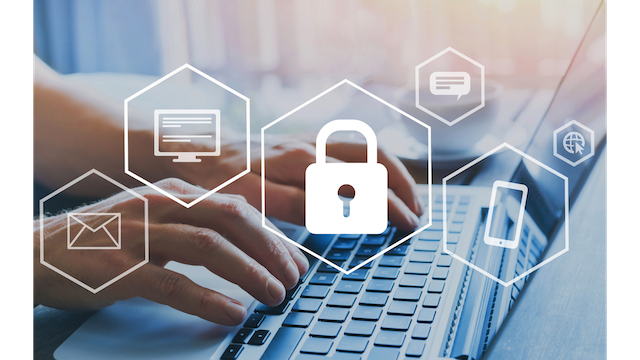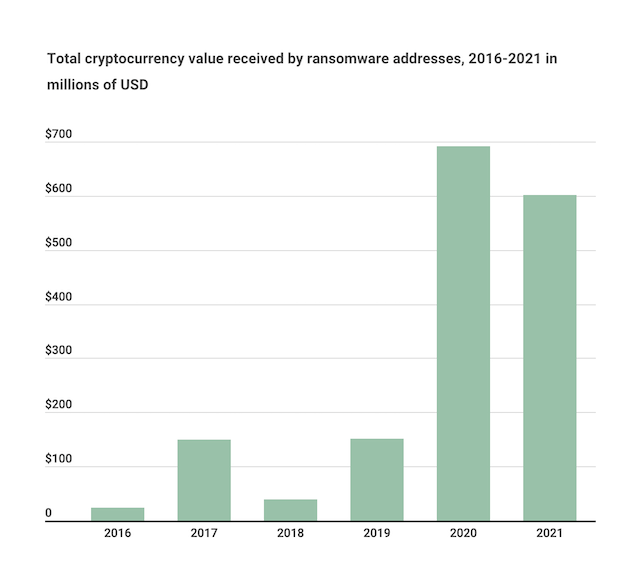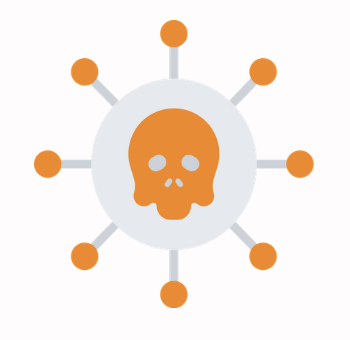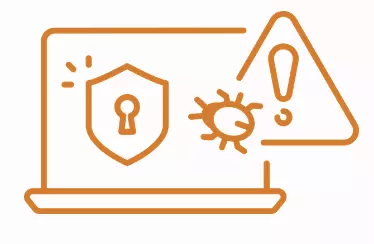Infoestealers
Infostealers are malicious programs that enter a computer through
internet with the aim of fraudulently stealing confidential information.
It is a Trojan designed to collect information from a system. collect information
login information, such as usernames and passwords, screenshots,
network activity and other information from the systems you have infected. Is
Information is sent to another system by email over a network.
You can also covertly monitor and obtain information such as the
user behavior and personally identifiable information (PII), including keystrokes
keystrokes from emails, chat programs, websites visited, and
financial data.
Below is a list of the most famous and dangerous malware that have
affected by computer security in recent years. These malware have caused significant damage
economical and to the privacy of thousands of users around the world.
RED LINE
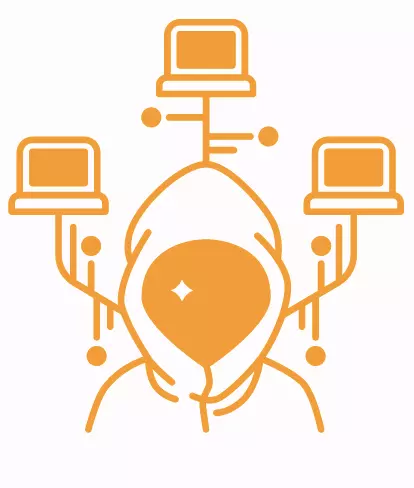
Malware like FICKER can direct victims to sites that claim to offer free downloads from paid services
legitimate, like Spotify and YouTube Premium™
RedLine is a collection of information-stealing malware that is distributed via
phishing email campaigns referencing COVID-19.
It has been an active threat throughout 2020. In 2021, it was distributed via
from phishing campaigns and malicious ads from Google. RedLine is very flexible and
it has come in the form of various Trojan services, games, cracks and tools.
The malware collects information from web browsers, FTP clients, messaging
instant, cryptocurrency wallets, virtual private network (VPN) services, and
game clients.
You also have the ability to remotely drop and run
other malware on the victim's machine.
FICKER
Ficker is an information theft sold and distributed on Russian underground forums
by a cybercriminal under the pseudonym [@]ficker. In circulation for the first time in 2020.
Ficker was previously distributed via Trojan web links and hacked websites.
For example, you can direct victims to sites that claim to offer downloads
from legitimate paid services like Spotify and YouTube Premium™. I also know
distributed via the popular Hancitor malware downloader. specifically written
in Rust.
HANSITOR
Hancitor was first discovered in 2013. It was distributed using social engineering techniques,
How to pretend to be from the legitimate DocuSign® document signing service. when you cheat on
victims to allow this malicious macro to run, it infects their systems. Later,
Hancitor connects to the C2 infrastructure and tries to download a variety of components
malicious.
Other malware includes:
WannaCry ransomware virus, Zeus banking Trojan, Conficker worm, and
Stuxnet spyware.
